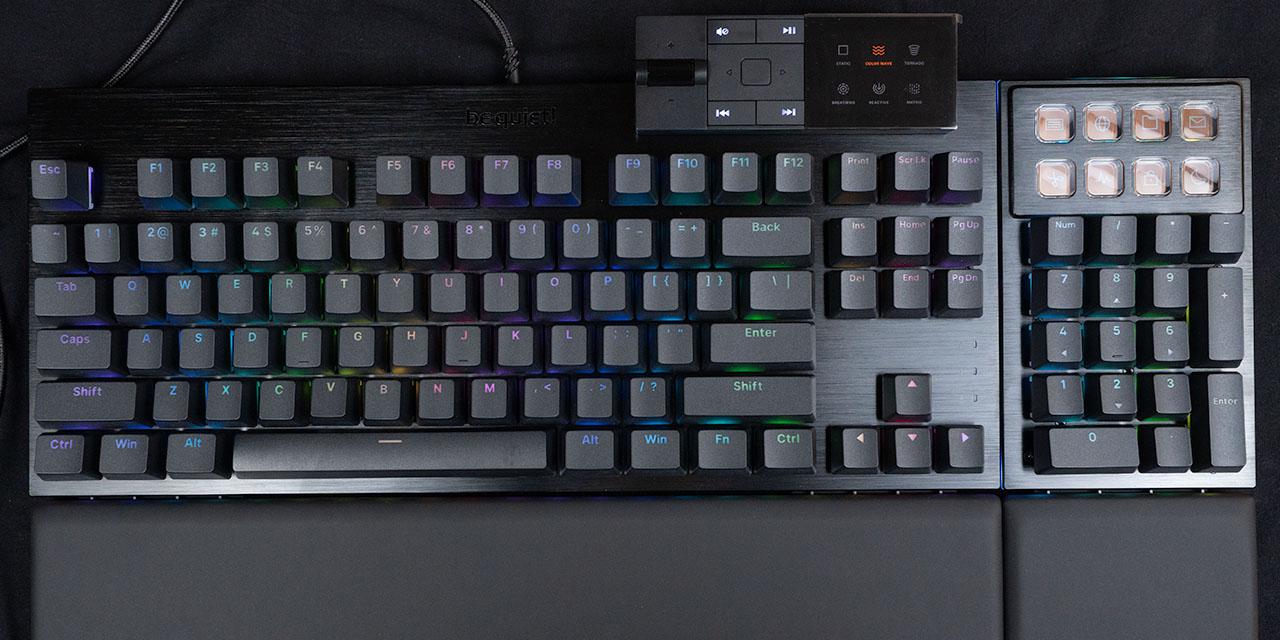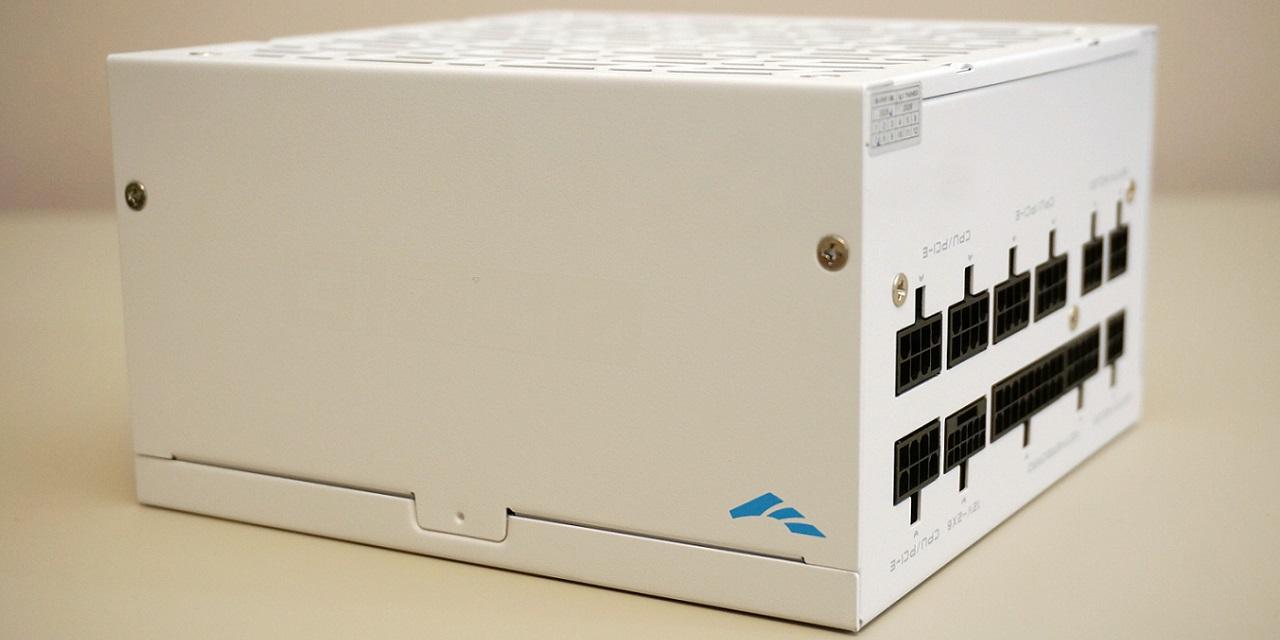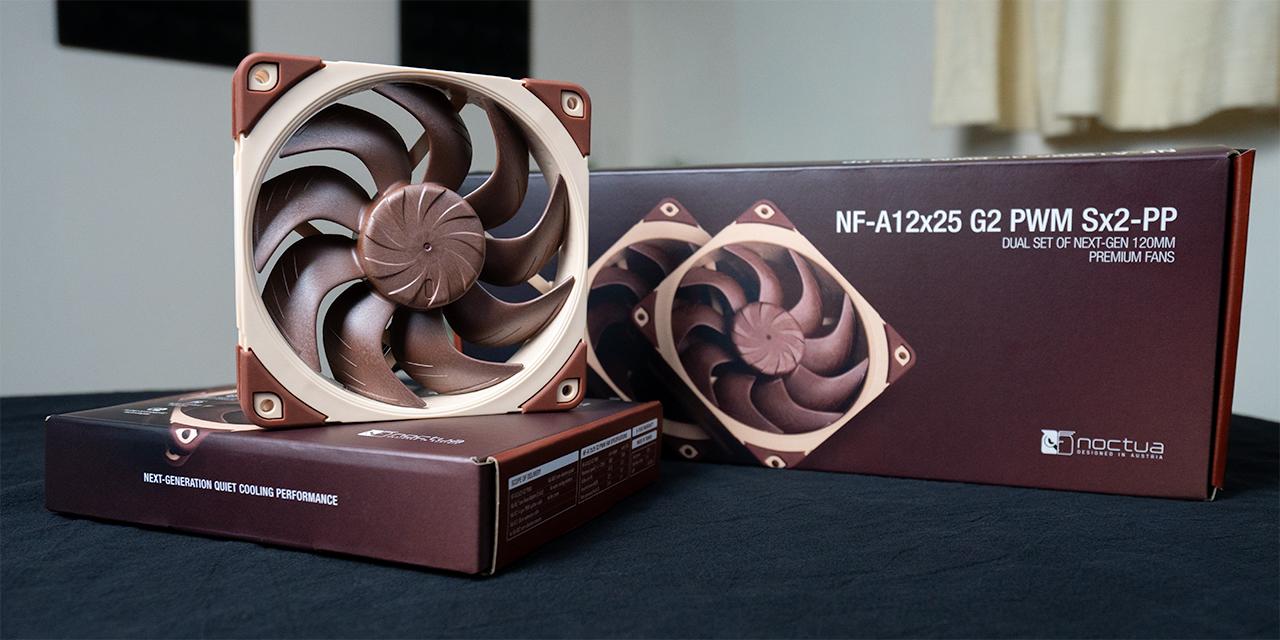From X-bit Labs: No matter how secretive AMD wants to be with its future plans, sometimes it just has to open up its cards and show what’s next in a bid to ensure wide industry support for its innovations. Looks like, now is the time, as one of the company’s public documents revealed that the chipmaker is working on a huge chip that features sixteen x86 cores on a single piece of silicon.
AMD has tremendously conservative public roadmap that shows code-names of next-gen microprocessors, which are due within the following twelve months from the publication, but lacks many details. By contrast, the company’s documents for software developers have to be detailed and have to cover more distant future of AMD’s chips to give programmers a perspective where AMD is heading. As a result, those documents often reveal numerous important facts regarding upcoming products from the company.
Along with its long-awaited code-named “Kaveri” accelerated processing unit, AMD released an all-new “Software Optimization Guide for AMD Family 15h Processors” this month (15h stands for Bulldozer micro-architecture and derivatives), which contains tips how to optimize programs for the new APU as well as references to the future AMD offerings.
As it appears from the document (see page 197), the Sunnyvale, California-based chip designer is working on a Family 15h processor model 30h – 3Fh with eight compute nodes (this is how AMD now calls its dual-core x86 modules) and sixteen cores. The scheme that AMD provides clearly depicts a chip with eight modules interconnected using SRI [system request interface] with one crossbar (XBAR) that handles communication between the SRI, MCT [memory controller] and HT [HyperTransport] links. This kind of topology clearly points to a single-die multi-core microprocessor with up to sixteen (in AMD’s classification) x86 cores. Current-generation twelve/sixtreen-core processors from AMD use two dies (with six or eight cores) on a single piece of substrate.
“Newer models of Family 15h processors offer five links for connections to I/O and other processors. Of the five links, one link supports PCIe 3.0, two support coherent HyperTransport, and two are capable of either coherent HyperTransport or PCIe 3.0. These processors have 8 compute units (16 cores),” the document, which was discovered by Planet3DNow.de web-site, from AMD reads.
The number of links inside the processor clearly points to its destination: high-end 2P and multiprocessor servers. AMD Family 15h processor models 30h – 3Fh classifier indicates AMD Steamroller micro-architecture. Given the fact that AMD plans to sell Piledriver-based server CPUs for a while (code-named Warsaw chips are set to arrive this year), this sixteen-core microprocessor will hardly hit the market until late in 2015, or, more likely, sometime in 2016. Therefore, it is logical to assume that it will be made using 20nm- or 14nm-class process technology.
View: Article @ Source Site





